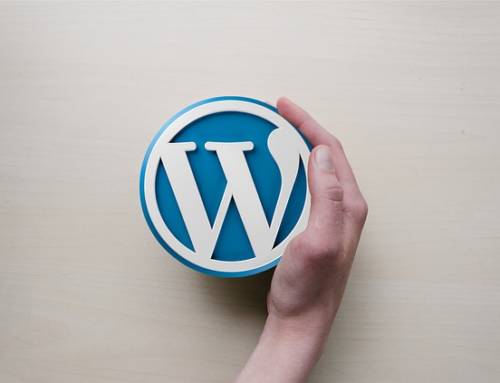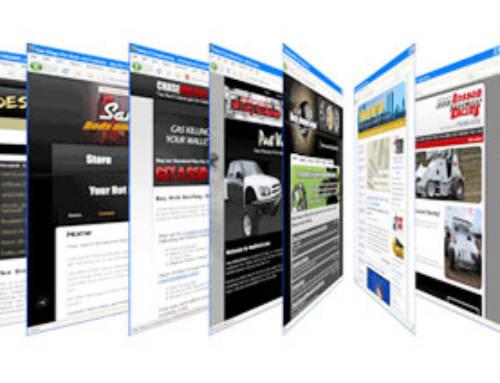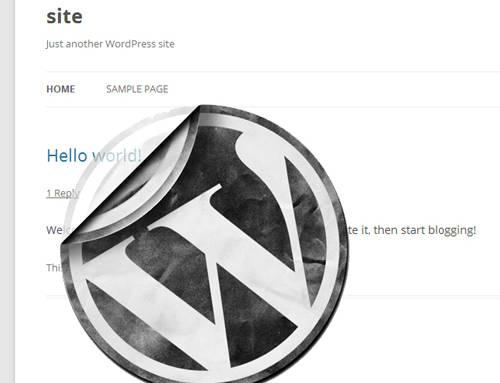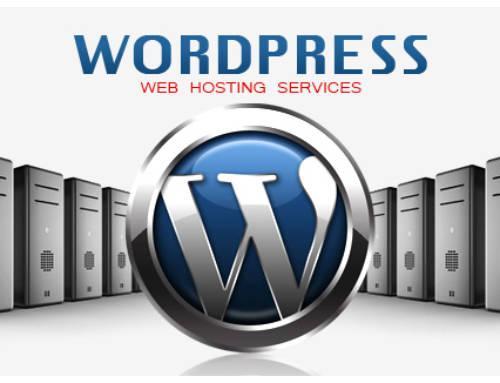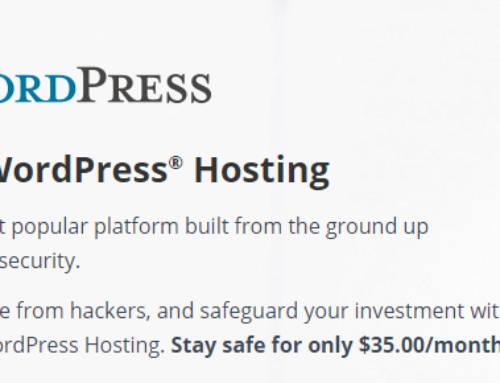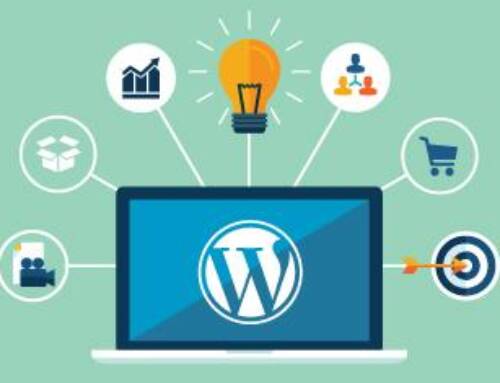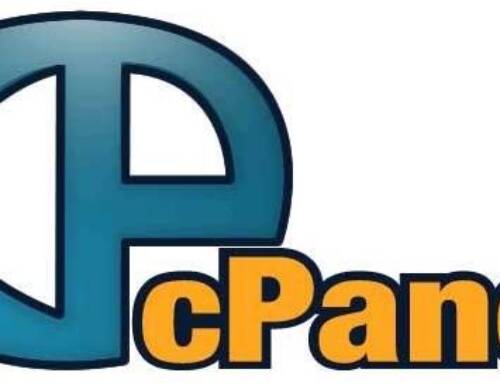Installing WordPress is one of the best decisions you can make for a site. Whether you’re running a blog or taking advantage of it as a simple structure for your website, WordPress makes for a great interface that makes updating and maintaining your site easy. That said, there are a handful of things you need to keep track of before you pull the trigger on your new WordPress site.
First, make sure you have your budget in order. While WordPress itself is free, your hosting may not be. While you can host a WordPress blog for free through WordPress, utilizing your own domain name is a paid service. If you intend to use this, be sure you’re prepared for the PayPal transaction or credit card authorization. If you already have your domain name and hosting established, you don’t need to worry about this!
Next, determine how you’re going to be using and setting up WordPress. If your blog is hosted with WordPress already, you don’t need to worry about this step. If you’re going to be using your own hosting and domain elsewhere, that means you’ll be installing WordPress. Installation of WordPress generally comes with two options.
The first option for installation is manually via FTP. FTP frameworks are a very common means of uploading files to a server, and if you’re setting up shop on your own hosting plan, you probably have access to your host’s FTP system. If not, finding freeware FTP software is simple, and your host will likely have recommendations. FTP systems are generally intuitive, and your host will likely provide a tutorial as required for your needs if they provide their own. Review the particulars of your FTP software and make yourself comfortable with the processes. It’s easier to break a WordPress installation that’s already been installed than it is to botch an installation, so do your learning now while the stakes are low. Knowing how to use your FTP software competently in advance will save you trouble later.
The second option for installing WordPress is much easier; it’s entirely possible that your host will have a very simple plugin interface that will let you install WordPress with just a few clicks. This is definitely the simpler option for those that are not technically inclined. If you know what you’re doing, you may prefer to use the FTP method for the increased measure of control it will grant you, or if you plan to use an older version of WordPress, or some other specific exception. As a rule of thumb, if you aren’t sure installing with FTP is what you want, and you have a choice, you don’t need to use FTP.
During installation, you’ll be asked for your WordPress username and password. Make sure you put these details down somewhere easy to access. You will need them in the future to access the WordPress admin panel. Many forms of web hosting require you to use FTP or other interfaces to upload pages to your server and only require that you use your hosting login. WordPress has its own interface for which it establishes its own credentials. These can be difficult to recover in the setup stages, so failing to record or remember them can result in wasted effort. Have something on hand to write them down!
Before you install WordPress, you’ll probably want to have a few articles or quantities of page copy on hand. As well, you’ll likely want to know what plugins you plan to install as well as what themes you would like to use. Having these details lined up before you go live will allow you to have your whole site configured in one go, and you’ll be able to see what subsequent pages and postings will look like.
That’s all you need to have prepared. Installing WordPress can be done one of two ways, and both are fairly simple. Because WordPress is such a common platform, finding assistance for it is as simple as a quick search. Installing WordPress can catapult your site to the next level or simply give you the easy interface you need to bring yourself online, and with a little preparation, it’s easy as can be.
The Story of the SavetheBreakfastSandwich.com Website
The Starbucks Breakfast Sandwich In January of 2008, I was gainfully employed with one of the many technology corporations based in Redmond, WA (No it wasn't Microsoft). It was Concur Technologies, [...]
SEO Checklist – Focusing on Social Media
As some of you know I teach a beginner to advanced SEO Workshop. One of the most asked for items in my talk is the SEO Checklist I have developed just [...]
Building a Social Media Community
The staff at Jenn Mathews Consulting use a system for social media marketing called the A.L.I.V.E. system. A majority of our clients have created their Facebook page and Twitter account, but [...]

